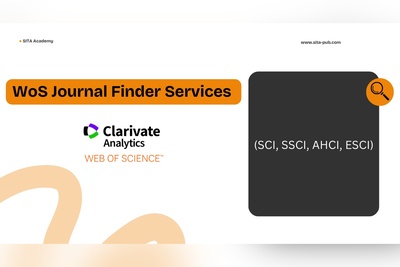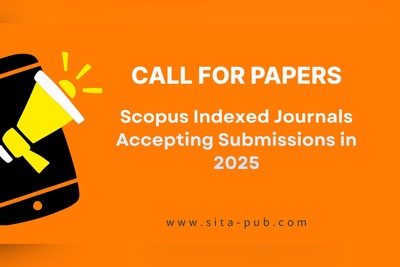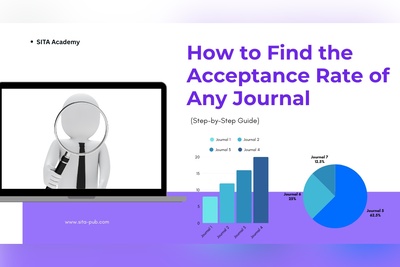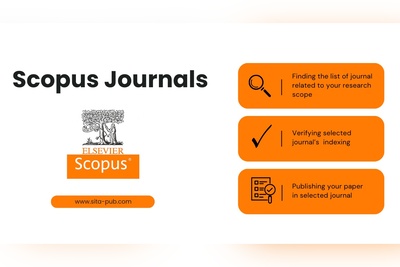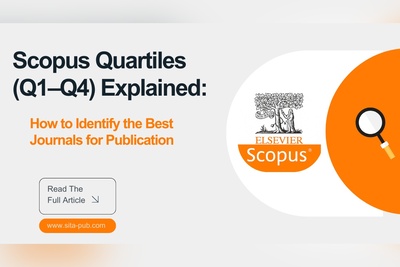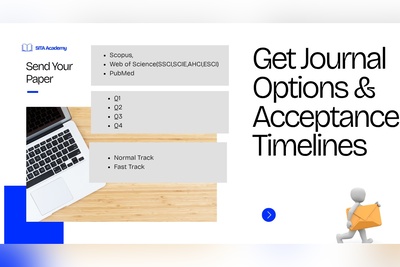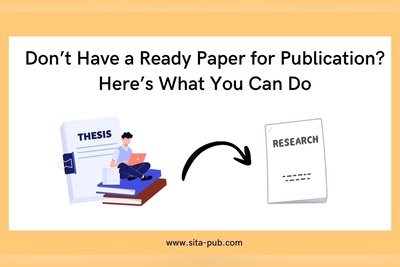Difference Between Web of Science Core Indexes: SSCI, SCIE, AHCI, and ESCI Explained
Confused about SSCI, SCIE, AHCI, and ESCI? This guide breaks down the differences between Web of Science Core Indexes—covering fields, costs, acceptance, and more.
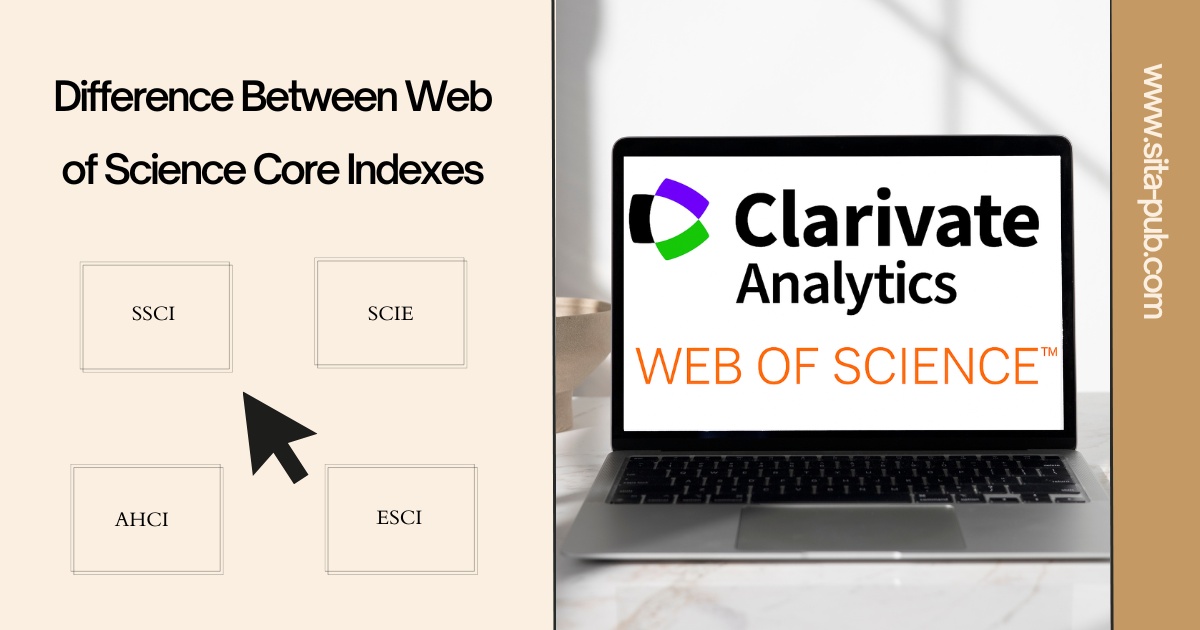
Publishing in a Web of Science-indexed journal is a mark of academic credibility and global recognition. But for many researchers, especially early-career academics, the landscape of Web of Science Core Collection indexes can seem complex and even confusing. What is the difference between SSCI, SCIE, AHCI, and ESCI? Which one is best for your research? And how do they affect your academic career?
In this article, we’ll explain each index in simple terms, the fields they cover, the chances of publication, and the value each brings to your research journey. Whether you're applying for a promotion, completing your thesis, or aiming for international recognition—this guide is for you.
What Is the Web of Science?
The Web of Science (WoS) is a powerful research platform developed by Clarivate Analytics. It provides access to high-quality, peer-reviewed literature across all academic disciplines. The Core Collection of Web of Science includes several indexes, each with specific standards, subject focus, and impact measurement.
The main indexes we will discuss are:
SSCI: Social Sciences Citation Index
SCIE: Science Citation Index Expanded
AHCI: Arts & Humanities Citation Index
ESCI: Emerging Sources Citation Index
1. SSCI – Social Sciences Citation Index
What It Is:
SSCI includes journals that are leading in the social sciences. These journals are highly selective and must meet strict quality, citation, and editorial standards.
Fields Covered:
Education
Psychology
Sociology
Economics
Political Science
Business and Management
Social Work
Law
Communication
Public Administration
Impact:
SSCI journals are highly respected and carry significant weight for:
Academic promotions
Doctoral requirements
Grant applications
Research evaluations
Cost:
Costs vary. Some SSCI journals are open access and charge Article Processing Charges (APCs) ranging from $1000–$3500 USD, while others are subscription-based and free to publish in.
Chances of Acceptance:
Publishing in SSCI journals can be highly competitive, especially in top-tier journals. Rejection rates are higher, and the review process is rigorous and detailed, often taking 3–6 months or longer.
2. SCIE – Science Citation Index Expanded
What It Is:
SCIE is the most prominent index for journals in the natural, applied, and medical sciences. It includes high-impact journals known globally.
Fields Covered:
Medicine
Engineering
Computer Science
Environmental Science
Chemistry
Biology
Physics
Mathematics
Health Sciences
Biotechnology
Material Science
Impact:
SCIE journals are globally recognized in STEM fields. Publishing in them can influence:
Research funding
Postdoctoral applications
Promotions
International collaborations
Cost:
SCIE journals may charge APCs between $1200–$5000 USD for open-access options, but many offer no-fee publication under traditional models.
Chances of Acceptance:
Like SSCI, SCIE journals are highly competitive. A strong, well-written, and innovative manuscript with clear methodology and novelty is essential.
3. AHCI – Arts & Humanities Citation Index
What It Is:
AHCI focuses on top-tier journals in the humanities and arts disciplines, offering a space for critical theory, cultural analysis, and philosophical research.
Fields Covered:
History
Philosophy
Linguistics
Literature
Performing Arts
Cultural Studies
Religion and Theology
Visual Arts
Language and Communication
Art History
Impact:
While AHCI journals may not carry Impact Factors, they are still recognized in academic institutions for:
Faculty promotions
Postgraduate theses
Academic recognition
Global dissemination
Cost:
Most AHCI journals are non-open access and do not charge authors. However, some newer journals may offer hybrid publishing with optional fees.
Chances of Acceptance:
The review process is usually longer, with a strong emphasis on originality, philosophical depth, and cultural relevance. Acceptance rates are generally low due to high selectivity and fewer publication slots.
4. ESCI – Emerging Sources Citation Index
What It Is:
ESCI is designed to include high-potential, emerging journals that are being monitored for quality and consistency. While they do not have an Impact Factor, they are indexed in Web of Science and offer citable and searchable publications.
Fields Covered:
Interdisciplinary sciences
Regional studies
Early-stage journals in STEM, social sciences, or arts
Innovative or niche areas of study
Multidisciplinary research
Impact:
Though ESCI journals do not yet have a Journal Impact Factor, they:
Count as valid publications in many academic institutions
Are increasingly accepted for promotion, graduation, and government funding
May be upgraded to SSCI/SCIE/AHCI in the future
Cost:
Costs vary depending on the publisher. Some ESCI journals are open-access with APCs from $300 to $1500, while others follow a traditional model without author charges.
Chances of Acceptance:
Compared to SSCI and SCIE, ESCI journals generally have higher acceptance rates, faster publication timelines, and more flexible scopes—making them an excellent choice for early-career researchers or those publishing on tight deadlines.
Comparative Overview
Feature | SSCI | SCIE | AHCI | ESCI |
|---|---|---|---|---|
Subject Focus | Social Sciences | Sciences & Medicine | Arts & Humanities | Emerging fields & all areas |
Impact Factor | Yes | Yes | No | No |
Index Status | Core Index | Core Index | Core Index | Pre-Core Index |
Common Use Cases | Promotions, grants, PhD | Research, grants, PhD | Humanities advancement | Graduation, early-career |
Acceptance Rate | Low | Low | Low | Moderate to High |
APCs | $1000–$3500 (avg) | $1200–$5000 (avg) | Rare | $300–$1500 (varies) |
Review Time | 3–6+ months | 2–6+ months | 6+ months | 1–3 months |

Why ESCI Journals Are Still Valuable
Although ESCI journals may not yet have an Impact Factor, many universities, ministries of higher education, and research funding bodies accept ESCI publications for:
Master's or PhD thesis requirements
Promotion and academic CV enhancement
International academic visibility
Early contributions in a research career
Important: ESCI journals go through rigorous quality checks by Clarivate, and being part of Web of Science means they are legitimate and trustworthy.
Final Tips: Choosing the Right Index for You
Here’s how to choose the best index for your needs:
If you’re applying for a government position or academic promotion, SSCI or SCIE may be required.
If you're in arts or humanities, AHCI is your go-to.
If you need quicker publication or are early in your research career, ESCI is a valid, respected option.
Always check your university or funding body guidelines before choosing where to publish.
Need Help Choosing the Right Journal?
At SITA Academy, we specialize in helping researchers find reliable journals indexed in Web of Science, including SCIE, SSCI, AHCI, and ESCI. We assist with:
Journal selection
Translation (Arabic to English)
Plagiarism checks
Manuscript editing and formatting
Submission support
Communication with journals
Contact our team today and let us guide you through a smooth, credible, and professional publishing experience.
Process of Submitting an Order in SITA Academy

Share Your Research Scope |

Receive Journal List |

Select Your Journal |

Formatting & Submission |
Verified Contact Channels
If you have any questions, inquiries, or would like to learn more about our services, please don't hesitate to reach out to us. Our dedicated team is ready to assist you.





